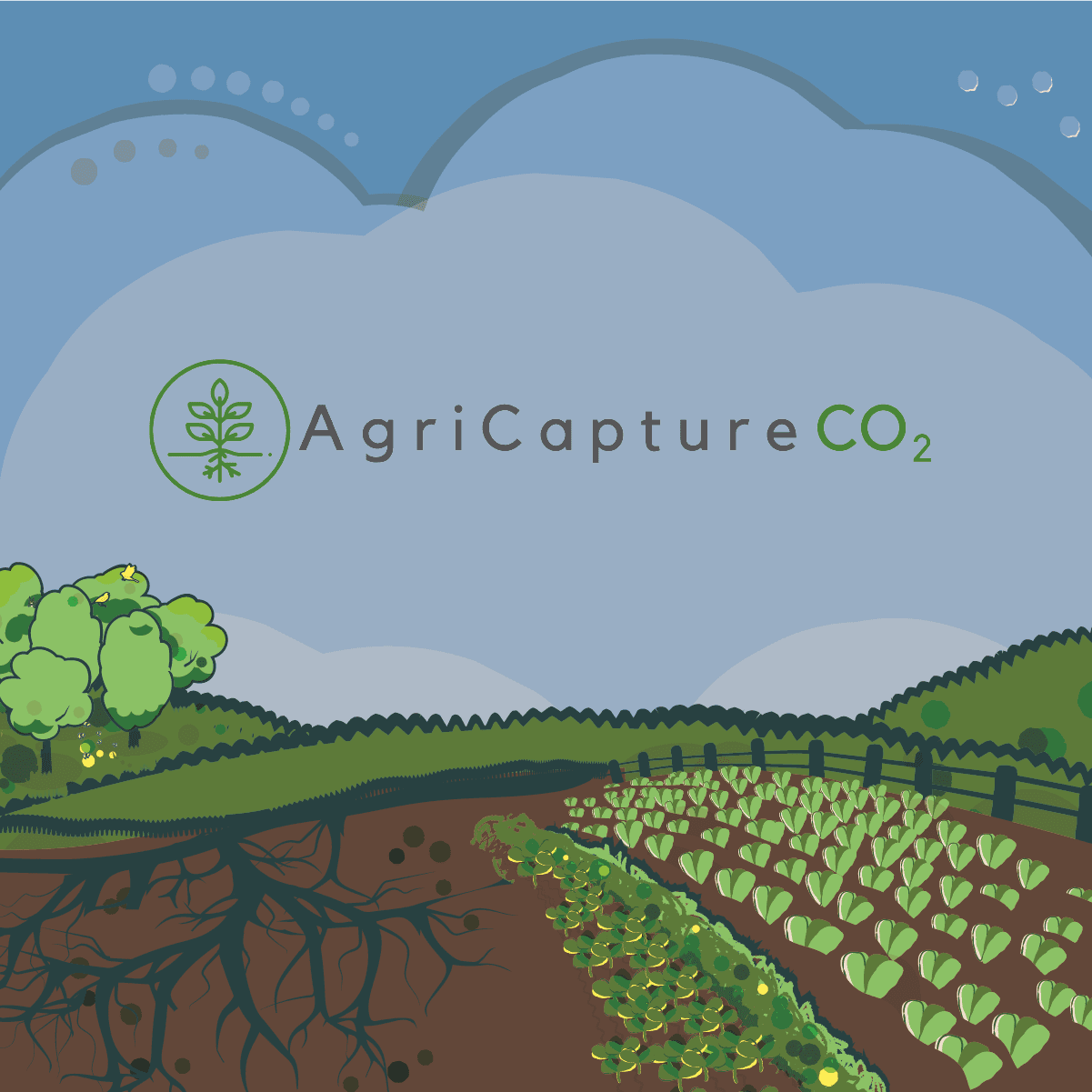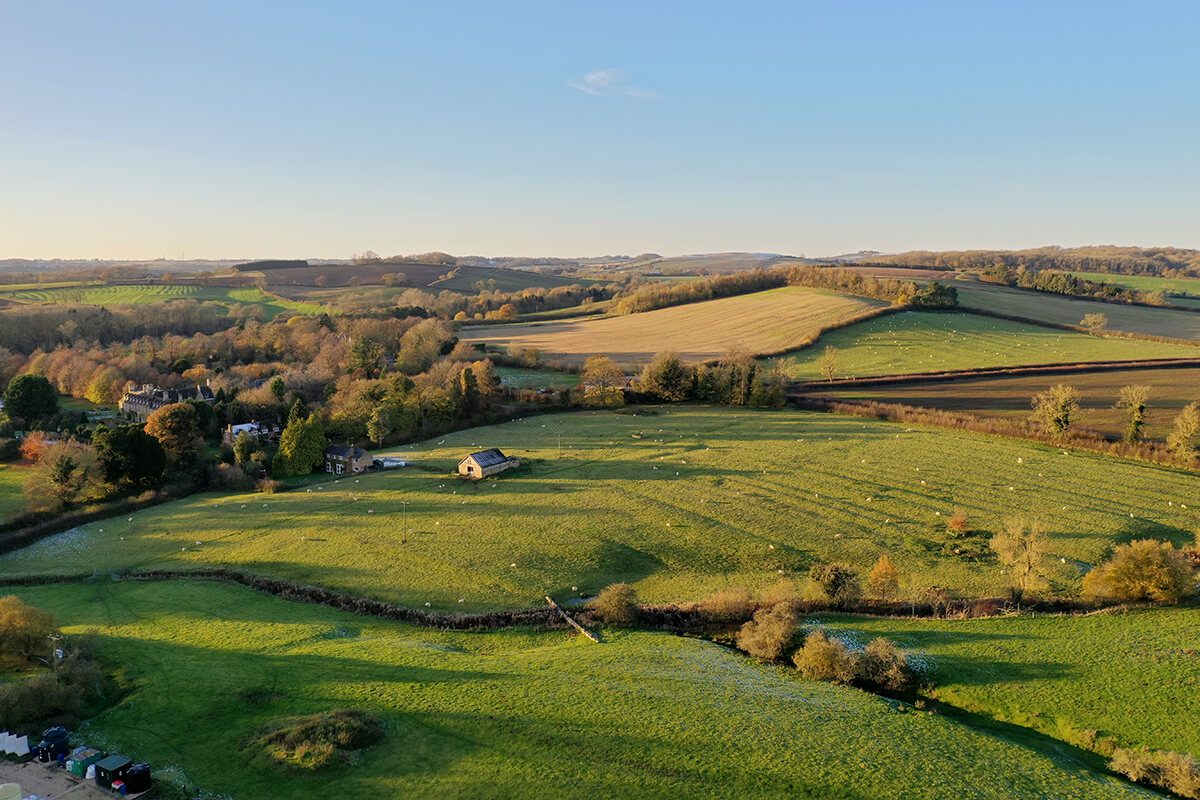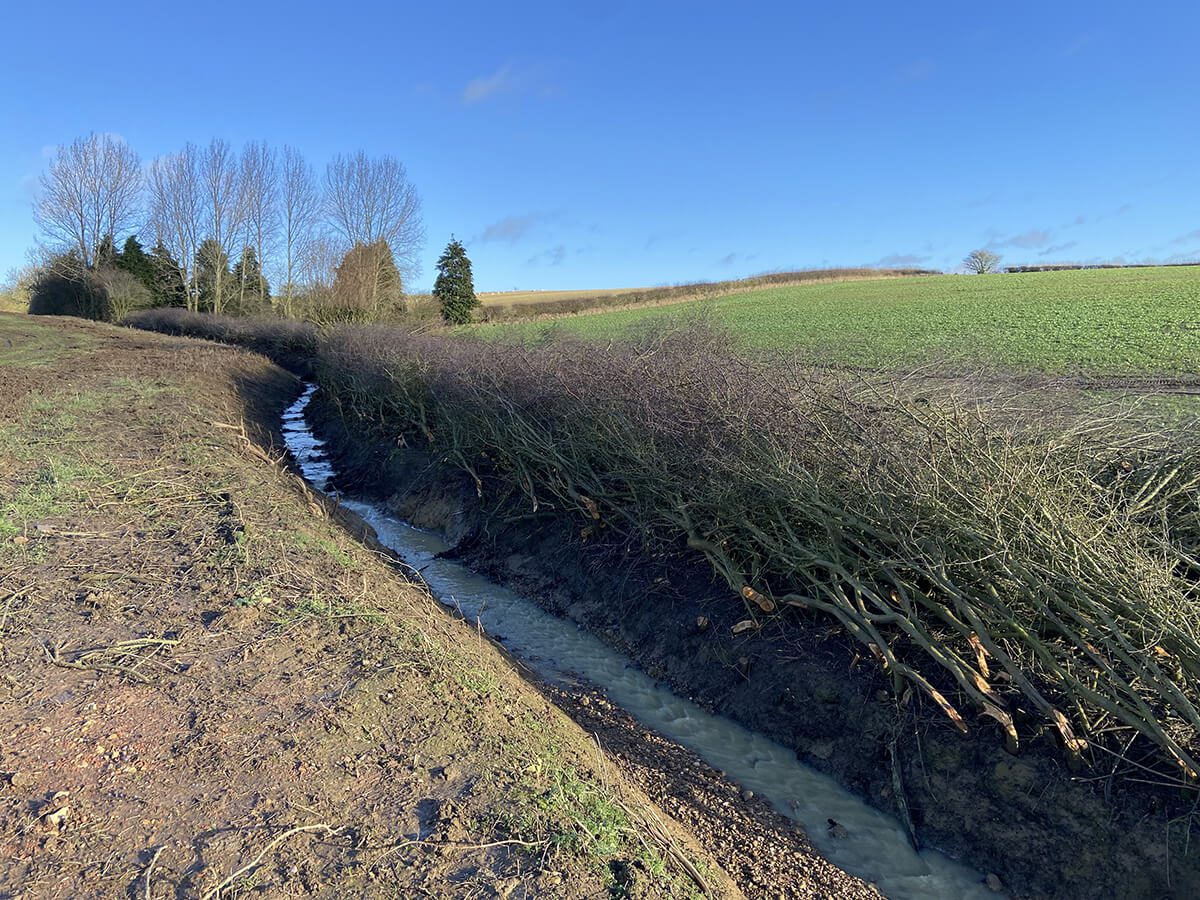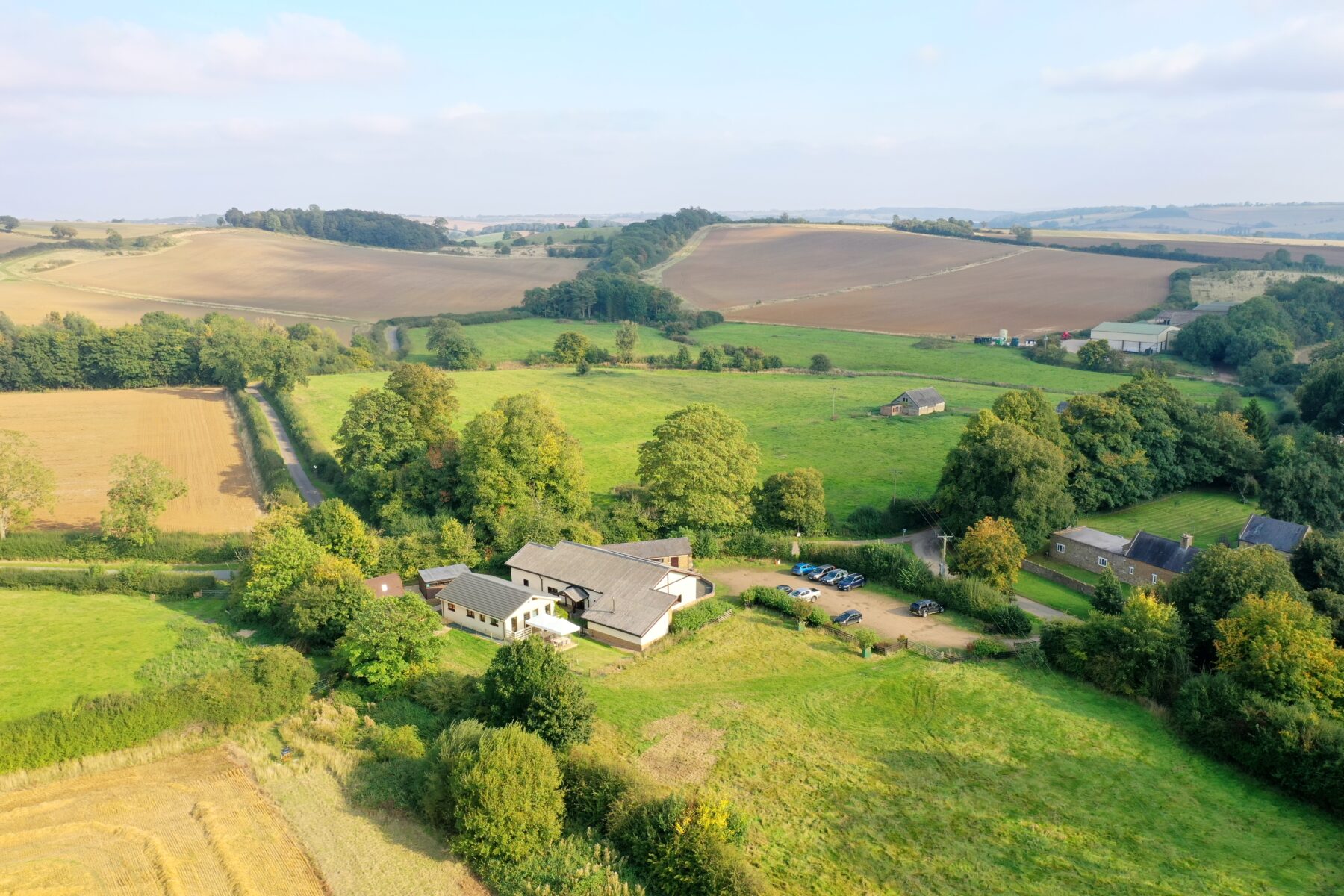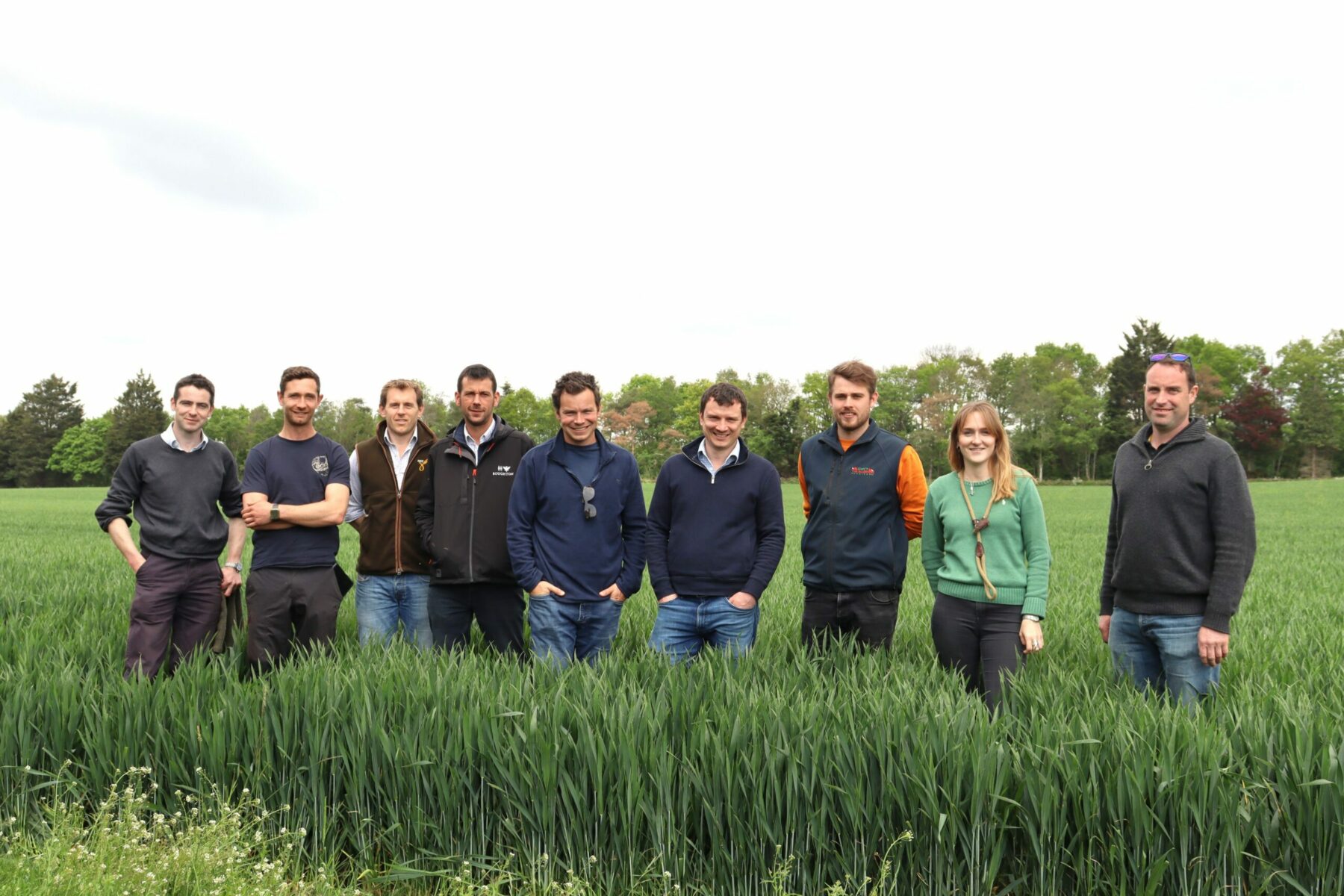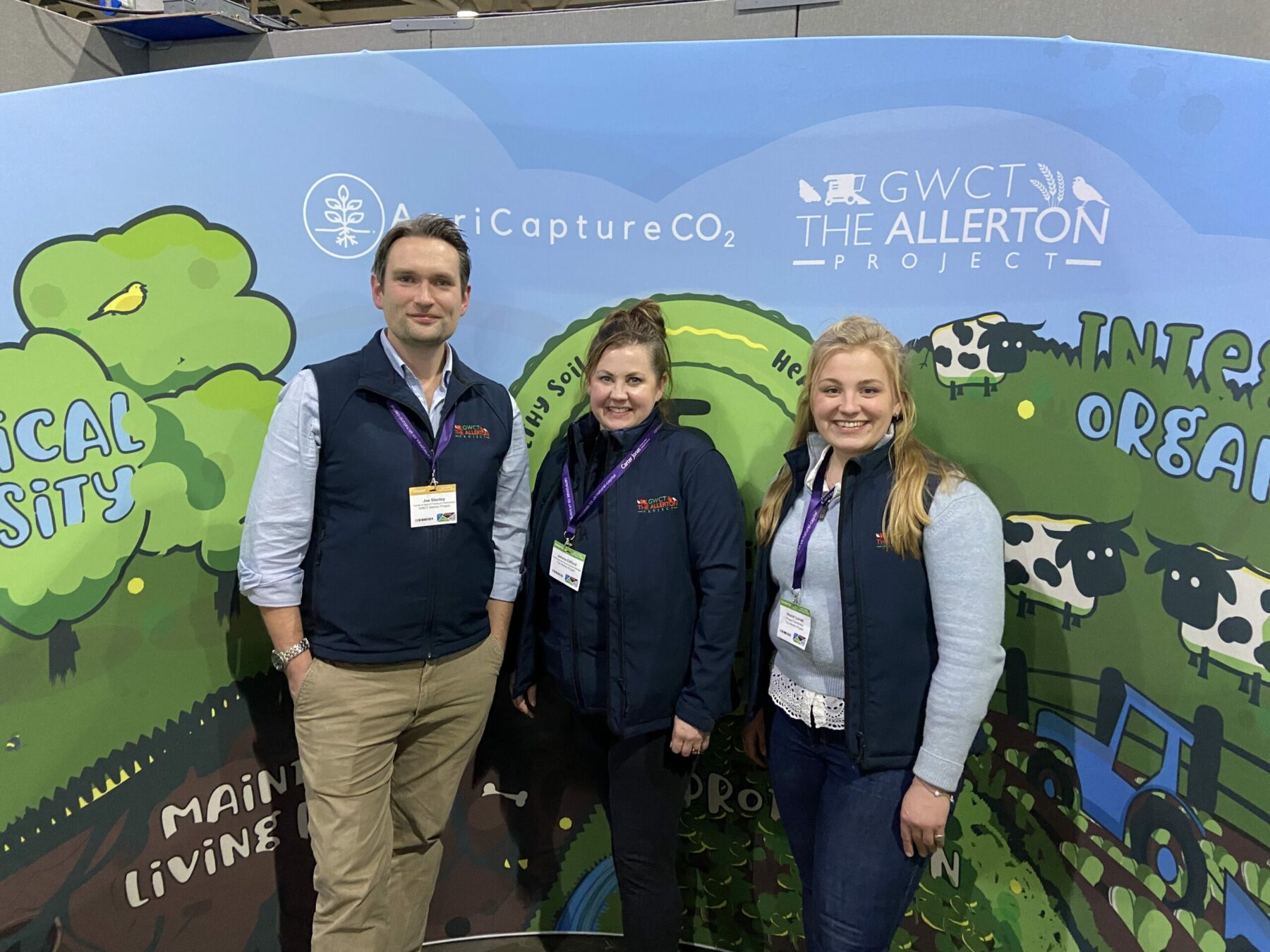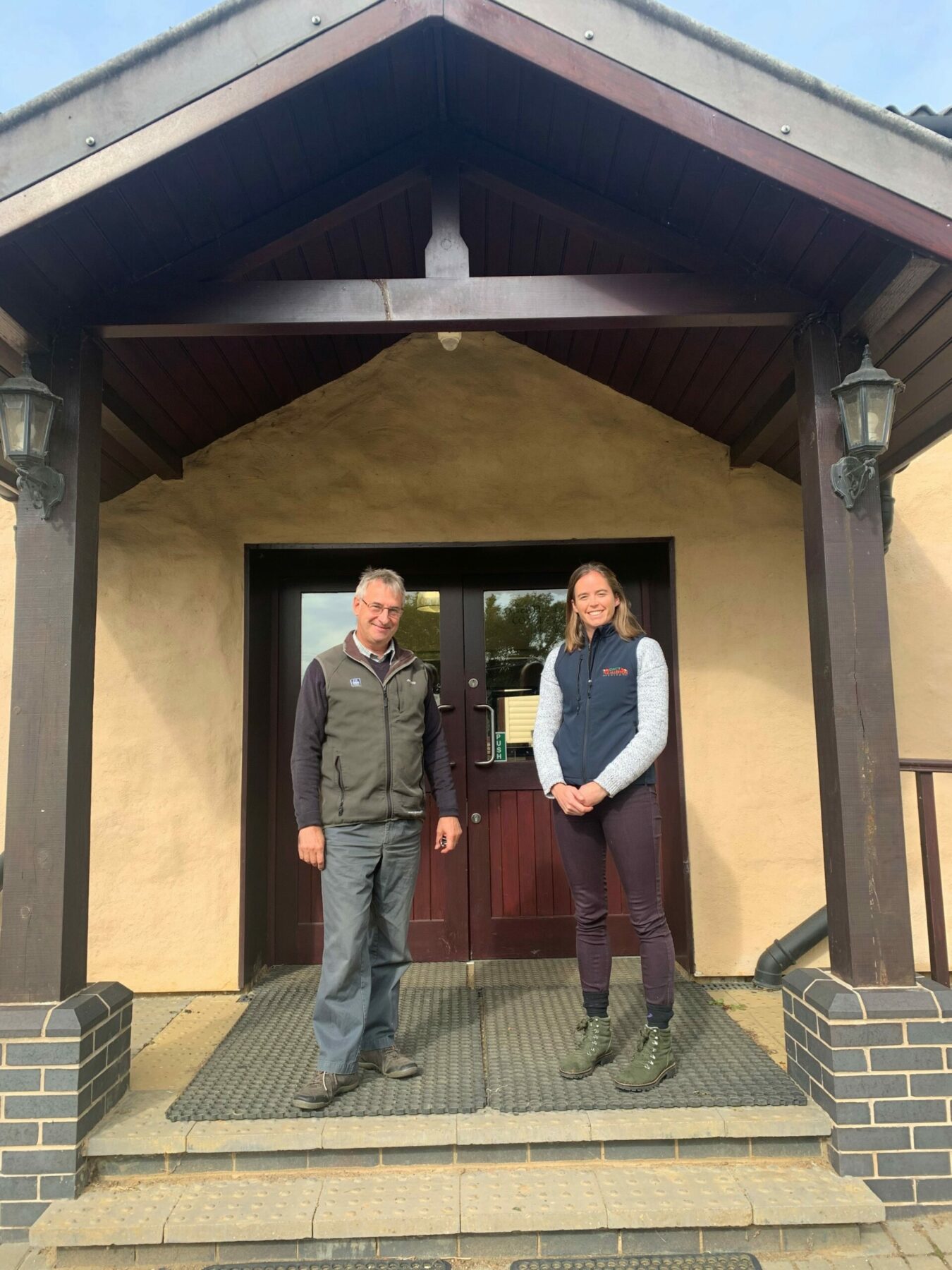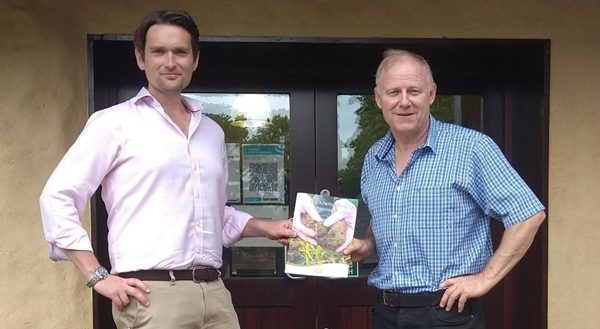As we said goodbye to 2022, we were keen to catch up with the Allerton Farm Manager to hear about the year on the farm, what was good, bad, indifferent and what can we expect to see next year!
How did the year start?
Good start to the year, the crops looked well coming out of winter, mild autumn so everything had the appropriate herbicide plans. Pigeons were the biggest cause for concern on the OSR coming into the new year however they were handled in house.
How was harvest?
Dry, quick and hot… This was the first year we used an outside contractor, which worked well. Everything ripened at the same time including the wheat, spring barley and spring oats. Luckily the contractor stayed with us for this whole time to get it into the store during the heatwave! The grain came in well below 15 percent so we saved on drying costs. Everything came in above budgeted yield meaning a happy farmer!
With the weather being so dry, for so long, the cracks in the soil were so wide it limited the amount of low disturbance subsoiling we had to do, and the cover crops went in at a good time. The OSR went in on the 19th August after the promise of a little bit of rain. We were nervous of planting a catch crop after OSR however due to the lack of rain in July. This proved to be the right call as even the rape volunteers didn’t grow substantially. Cover crops followed suit and we grew a “power mix 4” which contains, oats, oil radish and phacelia. 53 hectares of cover crops were drilled across the farm with the Claydon Drill, which was kindly lent to us by Claydon.
How is it looking for next year?
Going into the Autumn the barley was drilled the last weekend in September and is currently looking well as we go into the winter. OSR has varied across the farm with some fields more successful than others. Wheat drilling commenced in the middle of October, fields that were drilled with the Claydon look especially well. However, unfortunately the rain beat the contractor with the disc drill so we could not drill into the temporary grass leys. Once it rains here at Loddington, it gets very wet, very quick. The workability of the soil changes extremely quickly, making our drilling window increasingly short. With blackgrass pressure and the more extreme rainfall we are seeing this is a real challenge. The move to a higher percentage of spring cropping due to our heavy moist soils being a haven for black grass is showing positive results. Whilst we know this is not an overnight success, we are slowly and surely getting the black grass to a more manageable level.
The worst fields were put into GS4 or AB15 and we will monitor these for black grass going forwards, however we think that at least a 3-4 year period of grass will help this land to be brought back into arable cropping.
What is a focus for next year?
In the new year, once the birds have had sufficient use of the winter bird food we will start prepping the ground for the new mixes in May (or when the soil is above 13 degrees). For next year, the focus is getting the over winter bird food mix better established, so it can provide for the birds for a longer period and maximise the capabilities of the Kings mix. For the rest of the stewardship, we will manage the options to the prescription that RPA provide, demonstrating that stewardship options can work hand in hand with a commercial arable farm.
How were we were impacted by the dry weather this year ?
Spring legume crops suffered after no rain for the first 6 weeks since planting. The winter crops had just enough moisture to get by and not impact yield. Our heavy clay soils have some perks and retaining just enough moisture is one of them.
What else has happened this year?
AB10 Unharvested headland has been providing another resource for wildlife throughout the winter months. We had a lot of coppicing and hedge laying to do across the 2022 winter. At Allerton we are lucky to benefit from a full-time ecologist, so John and myself completed assessments of the hedges to ensure the work undertaken had the fine balance between ecological and economic benefits.
Our relationship with our neighbours is very good and we are appreciative to have those around us that can help when needed especially hiring us machinery when we require it. With it being the first year of us having the contractor we hope to develop this relationship into the future for the benefit of both parties.
What are the changes for next year?
The main thing we are looking at is how we simplify the crop variety within the rotation. This will help us manage our storage capacity better.
2022 Highlight and biggest challenge
After three challenging years, we have had some successes this year and I am happy we are on the right track. It is also always a relief to have the grain in the shed Now the new crop is in the ground, the apprehension and hope for next year begins again, but we never know what mother nature is going to throw at us, so fingers crossed for 2023 harvest.
Whilst I am optimistic for 2023, the outlook of the futures market does create apprehension as the market looks to be dwindling. If input prices continue to soar, this will become an increasing problem. We need to be careful we are not growing expensive crops with little to no return. Although we can only work from good advice and buy inputs to the best of our ability. This is a challenge many arable farmers will be facing, and I am interested to see how this unfolds whilst we continue to support our research team.
Here at Allerton, not only is the aim to be commercially viable but the farms’ other purpose is to provide a resource for our research team. This allows them to carry out the important trials for conservation and sustainable agriculture and collate long term research data. This work also underpins our demonstrative and training facilities to further the knowledge of sustainable farming within the wider farming community. With all of this on, we look forward to see what 2023 brings!
We also mustn’t fail to mention the long standing contribution of the farmhand Micheal, who at the end of this year is choosing to scale back his working hours, after 53 years of loyal service to the farm and the Loddington Estate.
Wishing you all a very Happy new year and we look forward to welcoming you to the farm throughout the next 12 months.
Thanks,
Oliver Carrick

